Active living
How To Maintain Good Hygiene For Someone You Care For
Maintaining hygiene is important, especially for those who aren't capable of doing it alone. We discuss how to maintain hygiene for someone you care for. You can also browse our range of incontinence products to find products to help manage incontinence for someone you care for.
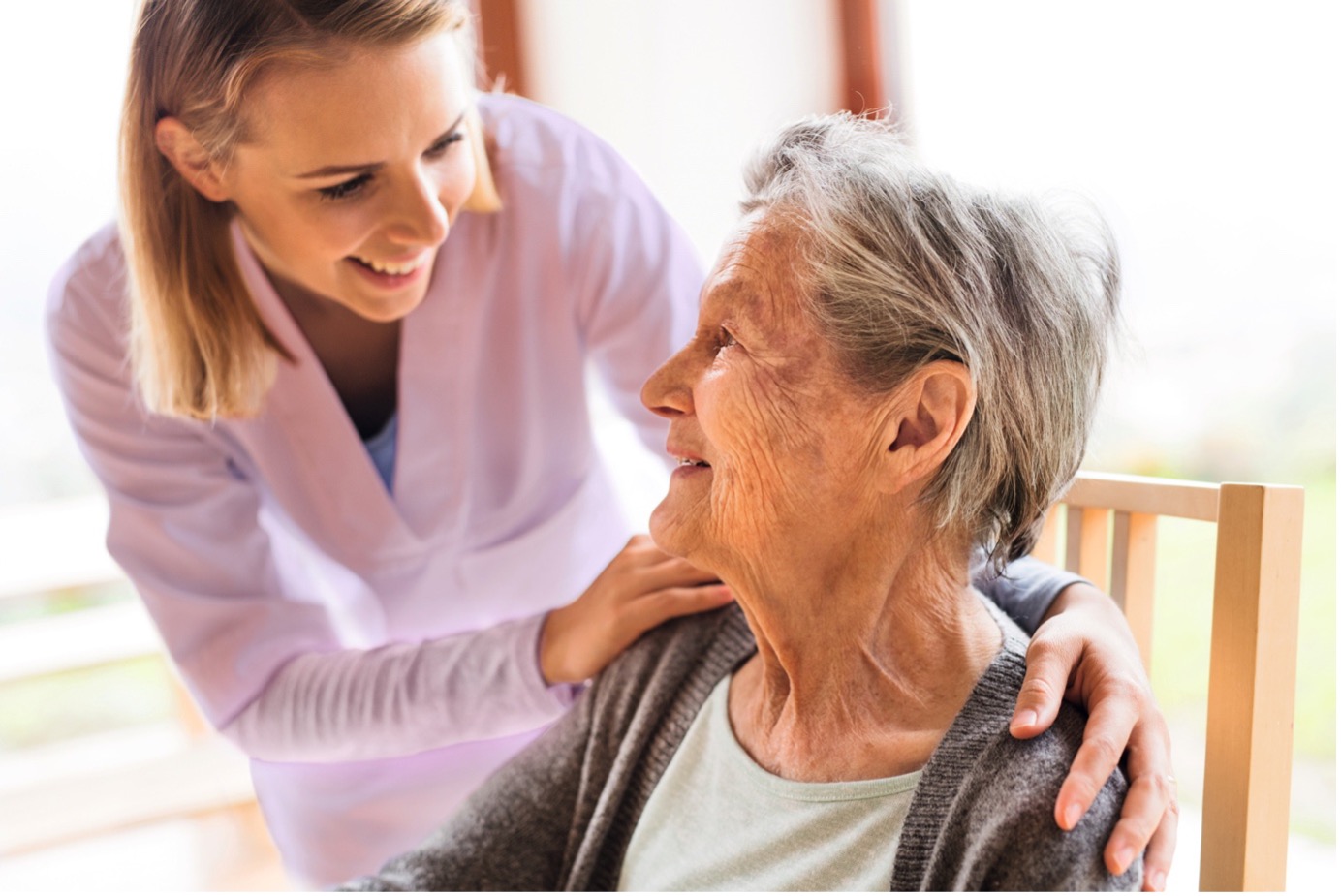
Maintaining good personal hygiene is important for any person’s wellbeing. If you care for someone who is unable to easily bath or shower, you are helping them to maintain their dignity. While maintaining good hygiene for someone can be a challenge, you are doing them a great service.
In this guide, we’ve put together some advice to help you support the people you care for in their daily personal hygiene routine.
How to maintain good hygiene for someone you care for
Why Is It Important To Maintain Good Hygiene For Someone You Are Looking After?
As a carer, you already know that it is important to give to your family member or client a feeling of being loved, keep him/her clean and dry. Not only will this keep them healthier and happier, but it will also help them maintain their dignity at a time when they may feel vulnerable.
Elderly people, especially if they have other underlying health problems will benefit enormously from help with their personal hygiene, which at the same time will improve their overall sense of wellbeing. By helping them with this, you are making a positive impact on their mental and physical wellbeing.
Poor hygiene can cause all kinds of problems, including skin infections, urinary tract infections, discomfort, and itching. It can also reduce a person’s self-esteem.1 Of course, accidents might happen, but when they do, it’s important to help the person clean themselves and get into a fresh change of clothing as soon as possible.
Things To Do Regularly
As a carer, there are a few things you can do to help the person with their daily hygiene routine2:
- Wash their hands with soap and warm water after going to the toilet, and before meal times, and pat their hands dry.
- Clean and clip their finger and toe nails (unless they are diabetic. In this case, it may need to be done by a professional).
- Change any dressings or bandages that they might (This may need to be done by a professional).
- For men, shave their face, or trim their beard.
- Wash their genitals and bottom every day using a cleanser designed for intimate hygiene. Ensure that they are dry before dressing them.
- Oral hygiene. Brush their teeth at least twice a day, or ensure that their dentures are clean.
- Book them regular dental checks to ensure that their teeth and gums are in good health.
- Assist them to have a bath or shower at least twice per week. Ensure that they are fully dry before dressing.
- Provide them with clean and dry clothing to wear, including clean socks and underwear.
- Regularly wash and dry their bedding and towels.
- Apply a light moisturising lotion (suitable for their skin type) to their hands, feet, and other dry patches on their skin. This will prevent dry and cracked skin.
Don’t hesitate to ask them about their preferences. Taking a few extra moments to style their hair the way they like it will help them feel like themselves.
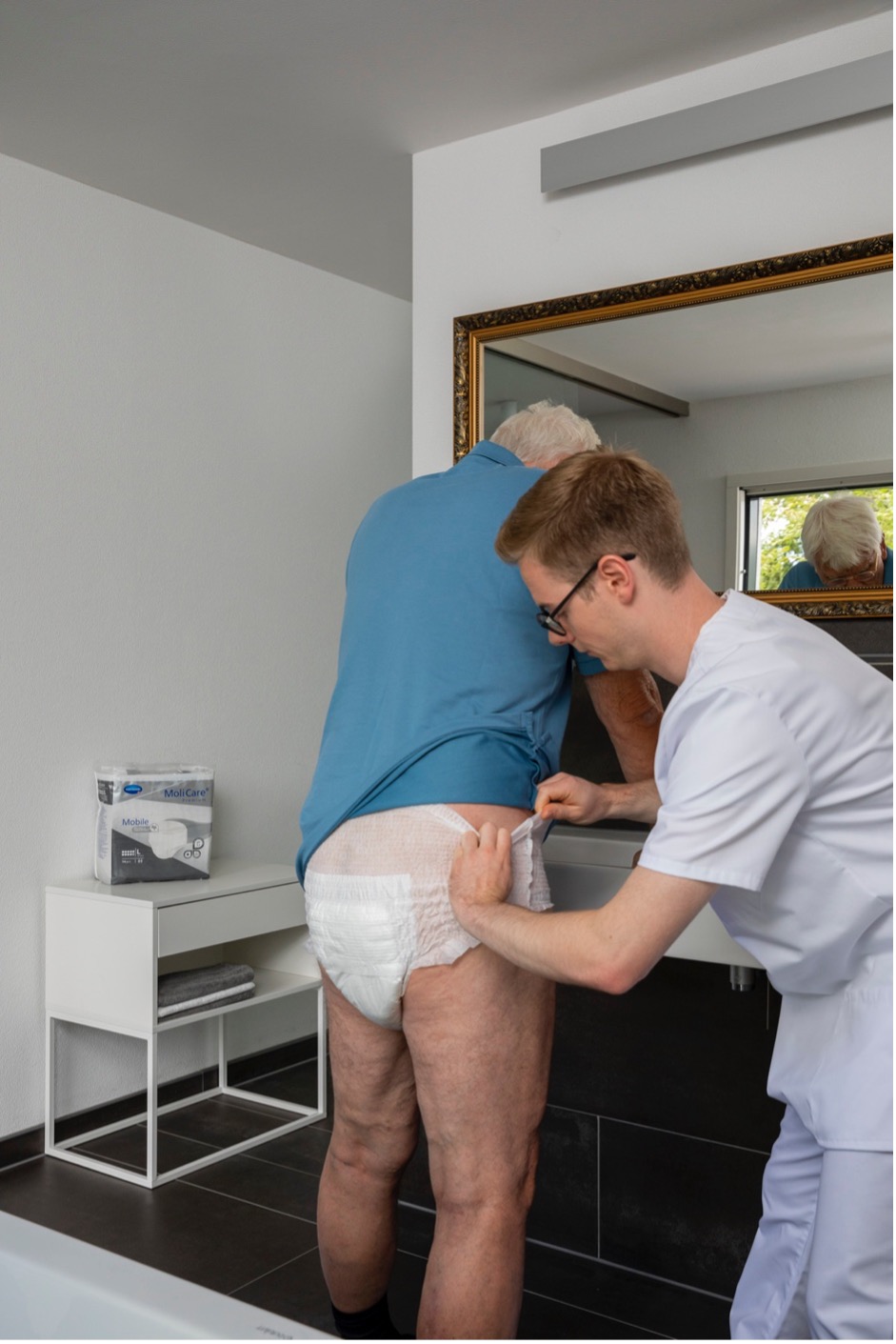
How Do You Help Someone Wash And Bathe?
Washing and bathing are some of the most intensely private activities in which we engage. Being washed and bathed by someone else can be embarrassing and make individuals feel embarrassed.
To respect the dignity of the person you care for, remind them that it is normal for people in their condition to need help. You’re there to be helpful, so don‘t hesitate to tell them that you don’t judge them or make them feel uncomfortable.
Some people become fearful of bathwater as they age, while others can feel overwhelmed by overhead showerheads.3 If possible, arrange to have their bathroom fitted with useful bathing and shower adaptations. These include specialised recliners and tub seats, which can go a long way in reducing anxiety around slips and falls. You can also try the MoliCare Shampoo Cap which contains shampoo and conditioner, the cap is placed on the head and massaged and once removed, leaves the hair fresh and towel dry. These are especially helpful if you are caring for someone who is fearful of the shower. See how they work by watching our demonstration video.
In order to make the bathing experience as comfortable and pleasant as possible, follow these bathing solutions for the elderly:
- Ask them if they want and need your help, and allow them as much independence/privacy as is safe.
- Play music or a radio programme that they enjoy, and that they are familiar with.
- Use a handheld shower nozzle to help them reach all areas of their body.
- If the person is confused or disoriented, gently explain what is happening as you go.
- If the person is extremely resistant, you can alternatively provide a bed bath with MoliCare Wash Gloves and Shampoo Cap that are also gentle on the skin, and pH balanced to prevent dryness.
- If appropriate, consider donning your own swimming costume and demonstrate some of the washing motions. This may help to jog their memory of bathing.
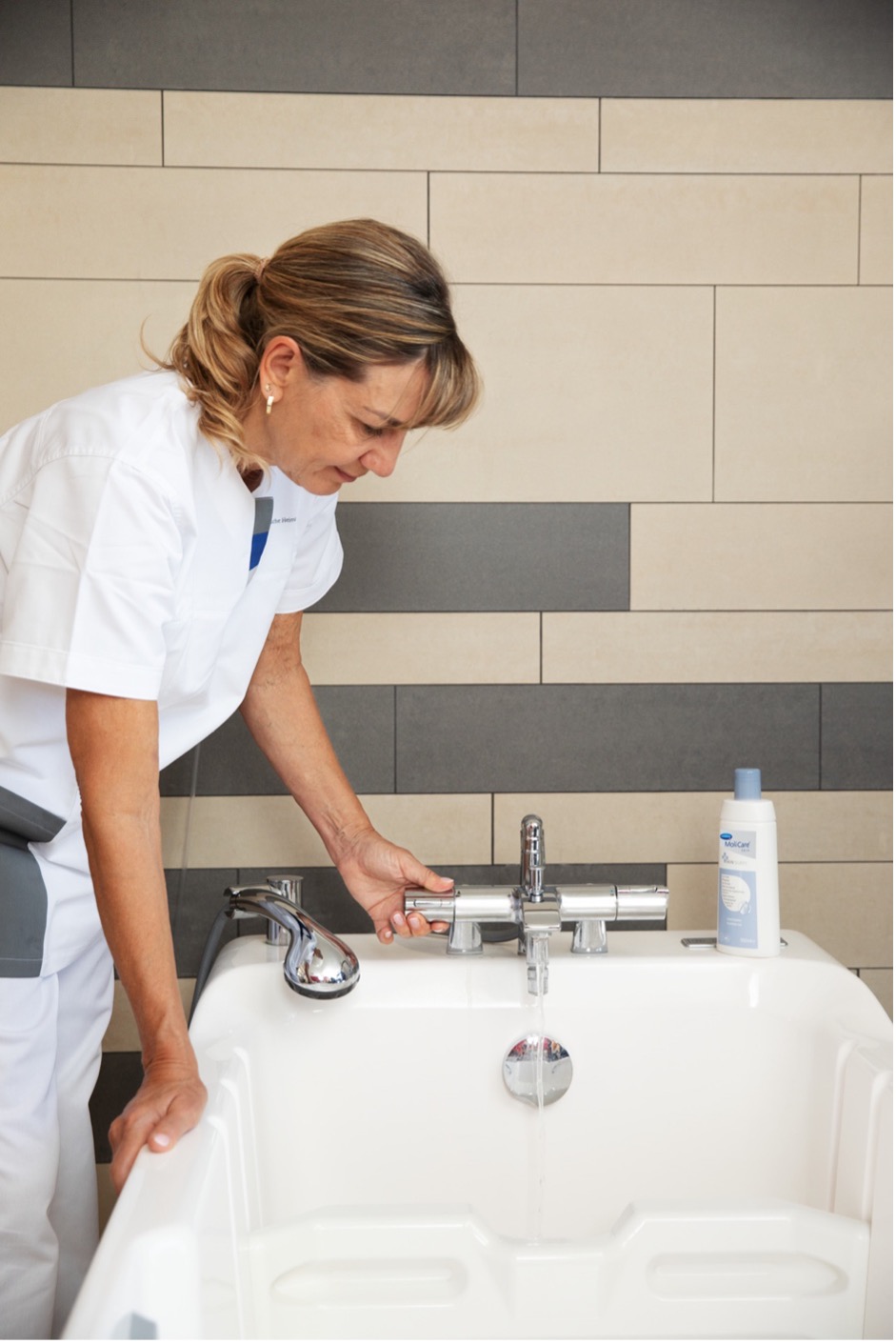
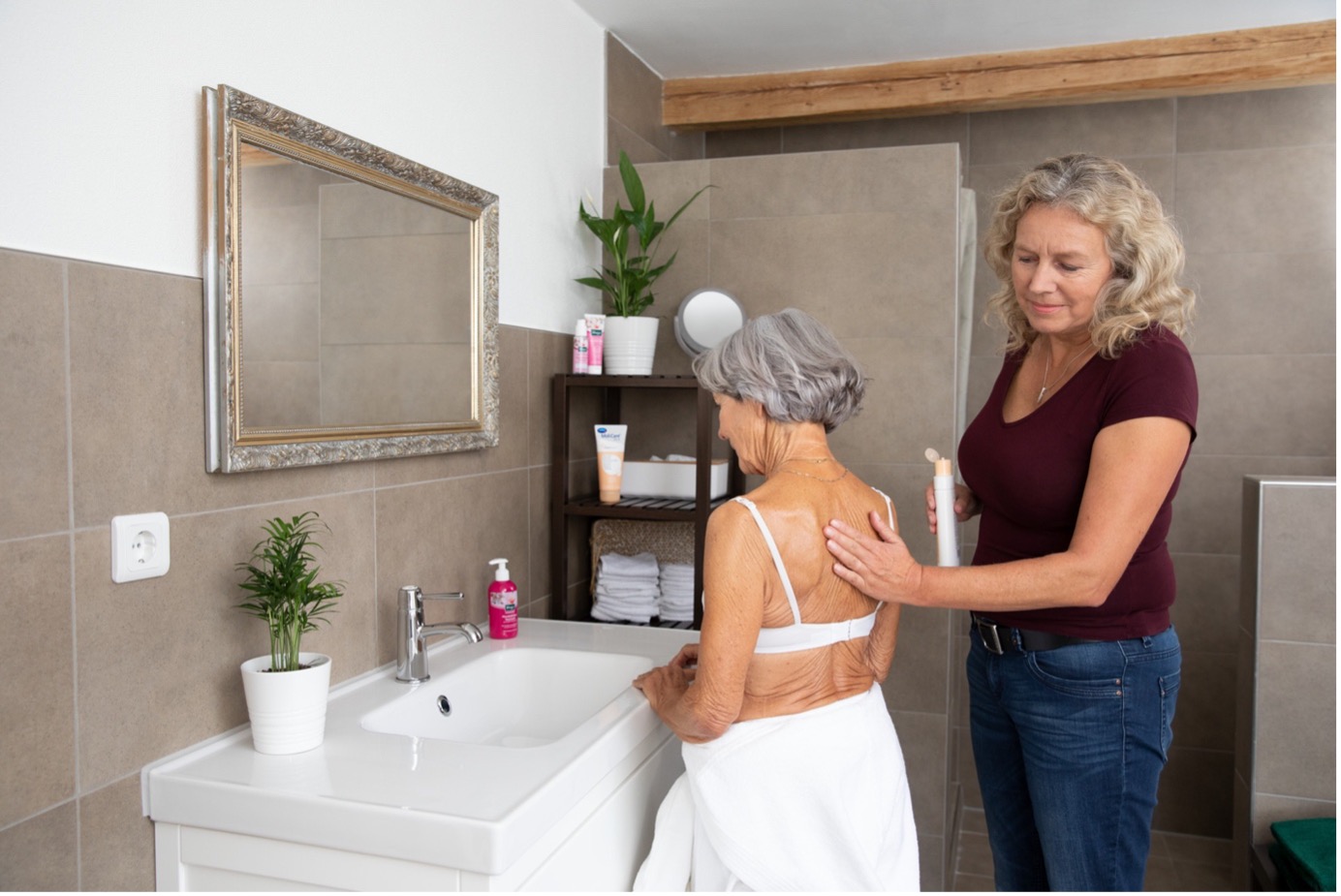
Safety Tips
Safety in the bathroom is an issue for even the most healthy and able-bodied people! Most bathrooms are quite small, and fitted with porcelain fixtures that can cause injury, and slips and falls can happen on wet floors. In order to prevent accidents in the bathroom when helping someone bathe or use the toilet, do the following:
- Keep the room a comfortable temperature so that the person isn’t trying to rush out of a cold room.
- Clean up all spilt water, and ensure that the floor is not slippery. Lay down bathmats that have rubberised backings, ensuring that they grip the floor.
- Adhere grippy stickers to the bathtub or shower cubicle floor, giving an extra amount of traction, to prevent falls.
- Test the water in the shower or bath, and ensure that it isn’t too hot. However, remember that older people feel the cold more acutely, so ensure that the temperature isn’t too cool.
- Install safety railings, raised toilet seats, bathtub chairs, and/or handrails to help them use the toilet or take a bath/shower.
- Remove the locks from the bathroom door. While it is normal to want locks on the bathroom door in order to maintain privacy, paramedics or other family members might need to access the room in an emergency.
As you care for your client or loved one, always remember to look out for your own safety. It can be very easy to slip and fall yourself as you are helping a person to get out of the tub. Your local council will likely offer courses or support designed to teach you how to safely assist another person on the toilet, and in the bath or shower.
Maintaining The Dignity Of The Person You Care For
Everyone deserves their dignity.4 While you might find yourself feeling overwhelmed or even frustrated at times, try to maintain your sense of compassion as you assist them with their hygiene needs. Protect their modesty as much as possible, as some people will feel embarrassed when undressed.
Most importantly, speak to them (if possible). Give them as much freedom and autonomy as possible, and let them tell you what they feel most comfortable with. Perhaps they need less help that you have been providing, or they want a chance to bathe alone for a few moments. If you are in doubt about their capacity to do so, speak with their GP or nurse for advice.
Also important is to choose carefully the care product. Take your time to find such with comfort and availability. For example incontinence products, like our range of pull up incontinence pants for adults, should make them feel secure, offering maximum protection whilst remaining discreet.
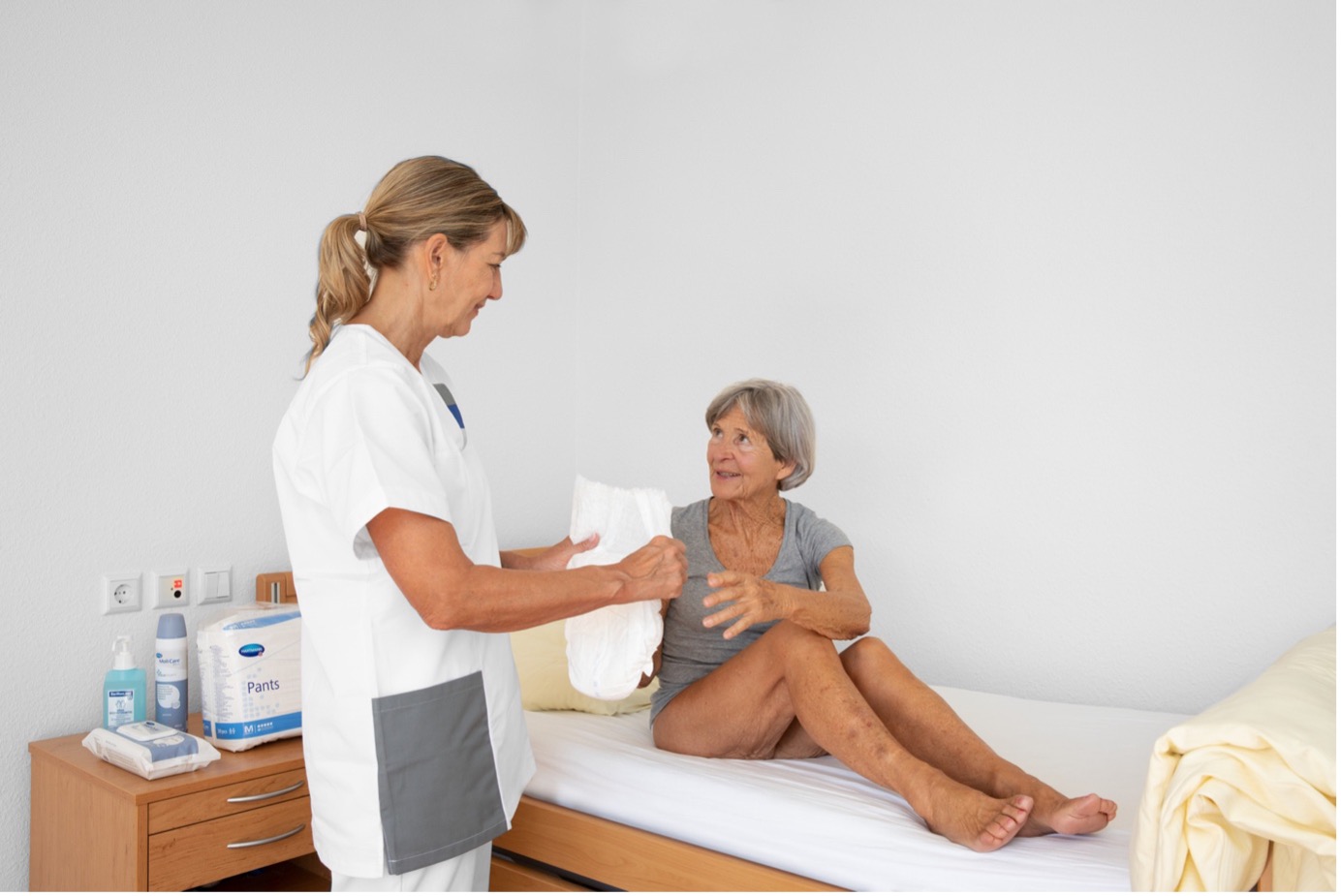
Incontinence Product Finder
Selecting the right products is key in ensuring security and discretion. If you’re not quite sure what you need, try our product finder. It’ll ask you a few questions about your needs and then provide a list of recommended products that may help you.
Find Product Incontinence Product FinderContinence Care Tips
The NHS states that up to 1 in 3 people in the UK struggle to control their flow of urine.5 Others have functional incontinence, in which mobility issues prevent them from getting to the toilet in time.
Learn more about causes of urinary incontinence
As a result, the person you are caring for might need assistance to use the toilet, or to change their continence pads. Reassure them that you are comfortable dealing with their continence products, and that it isn’t a burden. Some people might appreciate some humour, while others might want to avoid the topic and remain silent during the process.
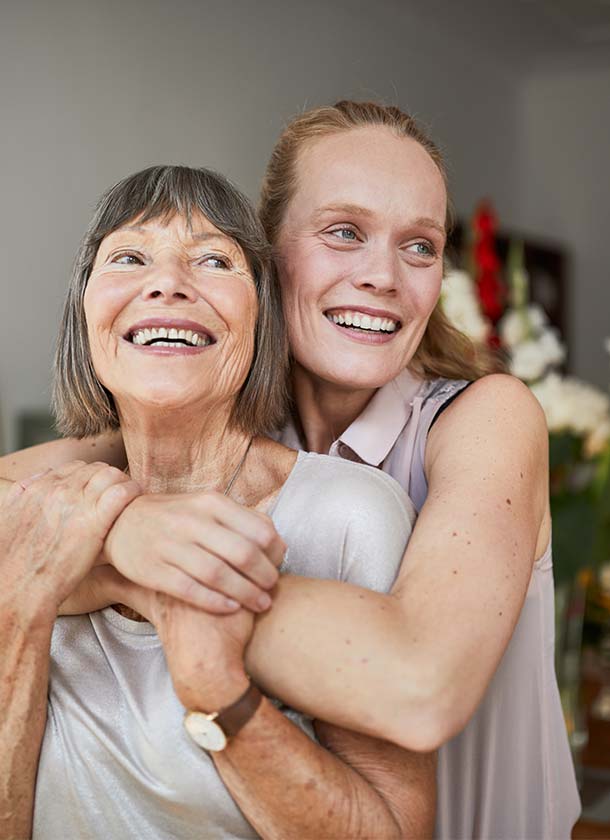
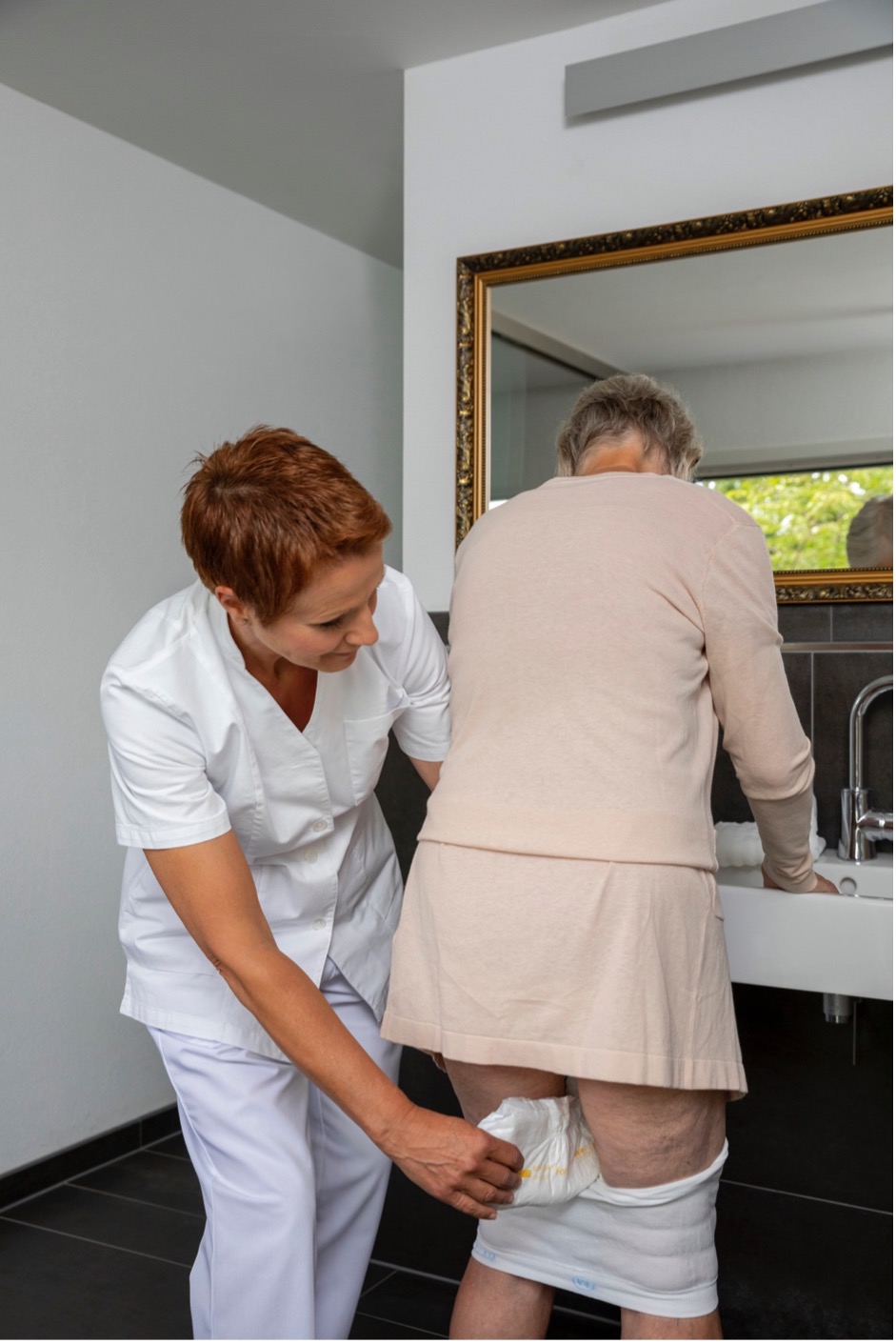
Speak with a continence adviser from your local health care provider for more advice. They might also be able to provide you with treatment, equipment and supplies that can help, including waterproof pants, plastic or PVC bed covers, and continence pads.
Discover more tips about how to being a carer for a family member
Good Hygiene is Always Important
Everyone feels their best when they are clean, dry, and wearing fresh clothing, and the person you are caring for is no different. If you are feeling overwhelmed, or you are in need of more support, get in touch with your local health care provider. They can help to advise you on resources and assistance for you and the person you care for. Just remember you are not alone.
Sources
- https://www.health.harvard.edu/staying-healthy/regain-your-confidence
- https://www.nhs.uk/conditions/social-care-and-support-guide/practical-tips-if-you-care-for-someone/how-to-help-someone-you-care-for-keep-clean/
- https://www.verywellmind.com/ablutophobia-2671843
- https://www.ncbi.nlm.nih.gov/pmc/articles/PMC1119851/
- https://www.nhs.uk/conditions/urinary-incontinence/

MoliCare Premium Form Bariatric
<h2>Optimum Wear Experience</h2> <p>Our selection of MoliCare® Premium Form + Size 8 drops provides the perfect solution as a high capacity pad to manage severe levels of incontinence in bariatric people in an easy and comfortable manner.</p> <p>Using this product alongside fixation pants allows for the skin to breathe and ensures optimum wearing comfort. These larger incontinence pads are ideal for those experiencing moderate to severe bladder or bowel weakness, catering to all wearers, whether active and independent or bedbound and dependent.</p> <h2>Body-shaped and disposable</h2> <p>Benefit from body-shaped, disposable incontinence pads designed to provide maximum leakage protection for both men and women. We recommend using these pads to deliver reliable and secure protection against leaks, keeping you confident and dry throughout the day. Maintain healthy skin with the skin-neutral value of pH 5.5 and an antibacterial finish. These pads are specially designed to let your skin breathe, ensuring comfort and well-being.</p> <p>Stay informed with the wetness indicator, showing when it is time to change the pad. The easy application and removal of this incontinence product are suitable for all wearers, whether standing or lying down.</p> <h2>Guaranteed Price Promise</h2> <p>With different absorbency levels available, MoliCare® incontinence products cater to all levels of incontinence, ensuring secure care and comfort.</p> <p>Embrace the convenience of MoliCare® Large Shaped Pads, providing you with the confidence to get on with your life without worries. Order online with our price match promise and discreet delivery, directly to your door, with free delivery on all orders over £40.</p> <p>For personalised information, our knowledgeable customer care team is ready to help. Call us today at 0800 028 9470 and experience the comfort and reliability of MoliCare® Premium Form + Size 8 Drops.</p>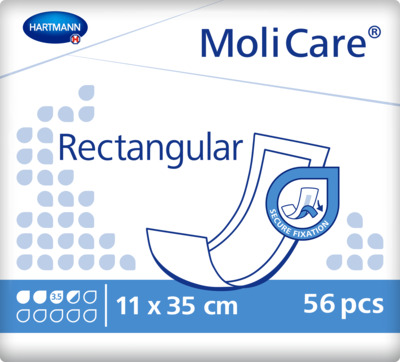
MoliCare Rectangular 3.5 Drops
<h2>Manage Incontinence</h2> <p>Choose MoliCare® for added protection based on your toiletry needs. Embrace the freedom and confidence that MoliCare® Rectangular Pads bring to your life. Managing incontinence has never been this comfortable and discreet for men and women.</p> <p>The MoliCare® Rectangular Pads are designed to handle slight incontinence levels. These slim and lightweight absorbent incontinence pads offer discreet protection that fits seamlessly in your underwear.</p> <p>Stay worry-free with their shape, which remains barely noticeable under your clothes. The waterproof backing provides added protection, while the core padding swiftly draws away any moisture, keeping you and your skin fresh and dry.</p> <p>Securely fix the Rectangular pad in your everyday underwear or use it with fixation pants for extra reassurance. Rest assured that these pads will protect you and your clothes from any leaks or spills.</p> <h2>Lightweight protection</h2> <p>Experience discreet and lightweight protection for light incontinence, tailored to fit your needs perfectly. Our online order service is quick and convenient, offering discreet delivery right to your door. Enjoy FREE delivery on all orders over £40, making your experience even more convenient and cost-effective.</p> <p>If you need assistance in choosing the best incontinence products for your needs, don't hesitate to reach out to our knowledgeable customer service team. We're here to help and provide you with the support and advice you need. Give us a call today at 0800 028 9470, and take the first step toward a more confident and comfortable life with MoliCare® Rectangular 3.5 drops.</p>
MoliCare® Premium Elastic 8 Drops
<h3>Convenient and Comfortable MoliCare® Premium Elastic 8 Drops</h3> <p>Some of the key benefits of investing in our products include:</p> <ul> <li>Suitable for men and women of all age groups.</li> <li>Skin-neutral pH value of 5.5 in all products.</li> <li>Premium elastic prevents leakages and odours.</li> <li>Easy to determine when a change is required.</li> </ul> <h3>Stress-Free Incontinence Experiences</h3> <p>When it comes to managing incontinence, there is a wide range of products available to cater to different levels of need. Among these options are incontinence slips, which consist of a large absorbent slip supported by an attached fixation system, commonly known as adult nappies.</p> <p>Anti-Leakage Protection</p> <p>Living with incontinence means wearing an appropriate product throughout the day, with occasional changes. That's why selecting the right solution that guarantees comfort, mobility, and easy changeability is crucial. The MoliCare® Premium Elastic 8 Drops (ISO 2356) is an all-in-one premium disposable adult diaper featuring two elasticated side panels and two re-closable hook and loop tapes on each side. This product caters to a wide spectrum of incontinence levels, ranging from moderate to severe bladder weakness and/or faecal incontinence. By wearing these incontinence slips, instead of regular underwear, people will experience a reassuring, comfortable fit, thanks to the elasticated side panels. Whether the wearer is active and independent or bedbound and dependent, they can enjoy full mobility and comfort. Water repellent, anti-leakage cuffs means that urine can’t escape from the sides urine is directed inwards to the absorbent core where it can be safely stored.</p> <p><a href="https://www.hartmanndirect.co.uk/incontinence-products" style="color:#0563c1; text-decoration:underline">MoliCare® incontinence products</a> are available in different absorbency levels to cater for everyone with varying degrees of incontinence.</p> <p>HARTMANN Direct offers a fast, discreet delivery straight to your doorstep. Our products are developed with your convenience and comfort in mind, and we stand behind that quality with a price promise match. Additionally, orders exceeding £40 qualify for free delivery. If you require further assistance or guidance in selecting the right MoliCare® products, our friendly customer service team is just a phone call away. Choosing your Size</p> <p>Measure waist at the largest width between the waist and hips. Select the product size based on the below sizing.</p> <p>Small: 28-35 inches (70-90cm)</p> <p>Medium: 33-47 inches (85-120cm)</p> <p>Large: 45-57 inches (115-145cm)</p> <p>Extra Large: 55-69 inches (140-175cm)</p> <p>HARTMANN Direct offers a fast, discreet delivery straight to your doorstep. Our products are developed with your convenience and comfort in mind, and we stand behind that quality with a price promise match. Additionally, orders exceeding £40 qualify for free delivery. If you require further assistance or guidance in selecting the right MoliCare® products, our friendly customer service team is just a phone call away.</p>
